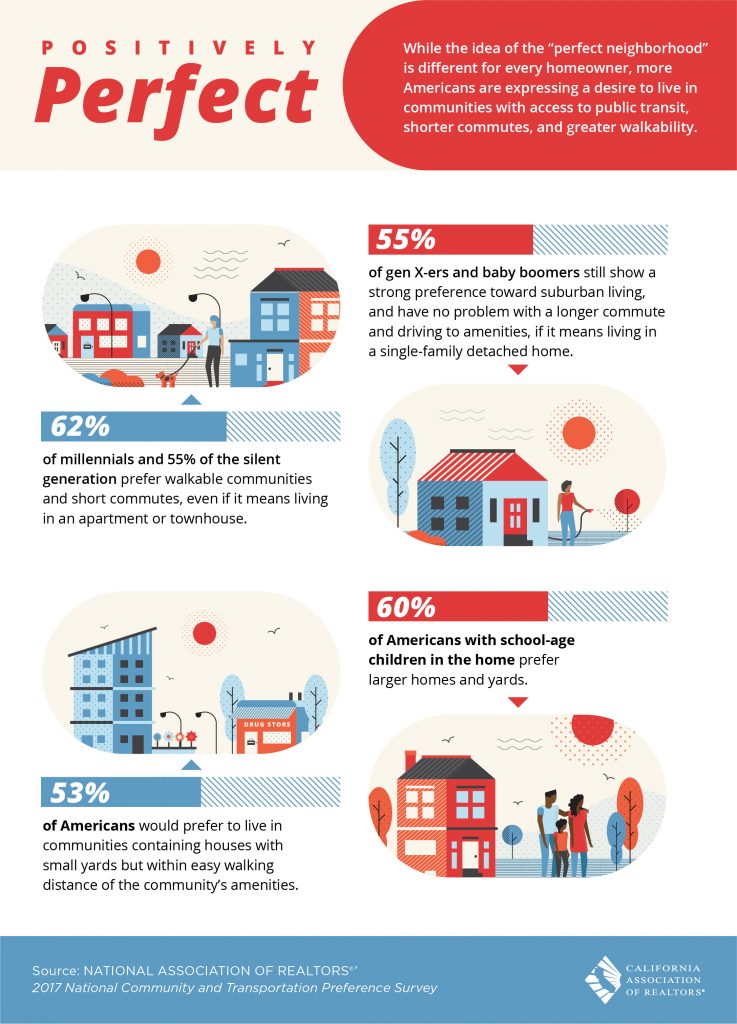Next year could feature more money for renters but increased difficulty for potential first-time homeowners, said experts at a housing outlook conference at University of San Diego.
The shadow of pending legislation in Congress colored much of the discussion Thursday, as did continued concern over the number of homes being built.
No one gave specifics, but panelists said they expect home prices to continue to rise because of decreasing numbers of homes for sale.
The Residential Real Estate Conference put on by the school’s Burnham-Moores Center occurs annually and is typically attended by roughly 200 people. Analysts gave several predictions for 2018:
More money for renters: The standard deduction in both the House and Senate versions of the tax plan is set to double from $6,350 to $12,000 for individuals and from $12,700 to $24,000 for married couples.
“It’s good for renters, but bad for homeowners,” said Norm Miller, real estate finance chair at the USD School of Business.
Fewer tax benefits for homeownership: Both Republican-backed plans look to curtail the mortgage interest rate deduction. Right now, about 74 percent of San Diego city homes are valuable enough to take the mortgage interest deduction, Zillow said. After the proposed tax plan, the real estate website said that would drop to 20 percent.
Tim Sullivan, managing principal of Meyers Research, said San Diego County would be hitter harder than San Francisco if the mortgage deduction is reduced because San Diego’s market relies more on mortgages because wages aren’t as high.
“San Francisco is one of those markets that is inelastic because there is so much wealth there. They don’t rely on mortgages,” he said. “With that in mind, San Diego is still a place where incomes matter.”
Less money for subsidized housing: The Private Activity Bond Program and the 4 percent Low Income Tax Credit, both used to build subsidized housing in San Diego County, would be eliminated in the House plan. While the Senate plan leaves it untouched, panelists were preparing for the worse.
There is already a 10-year waiting list for the units operated by the San Diego Housing Commission. Deborah Ruane, chief strategy officer of the commission, said it used to see families stay in subsidized housing for around three years. Now, families are staying seven to eight years.
“There’s nowhere to go next,” she said.
Push for more homebuilding: Analysts say homebuilding has not kept up with population growth. In 2015 and 2016, the region produced roughly 10,000 homes a year. As of the first nine months of this year, San Diego County has had 18 percent less residential building permits issued compared to the same time in 2016.
“It doesn’t matter who you talk to, we’re undersupplied with housing,” said Sullivan.
Read the rest HERE.


